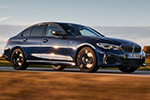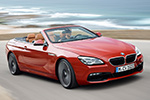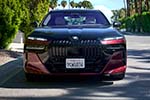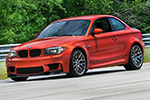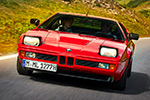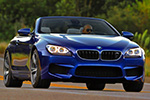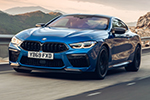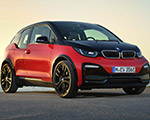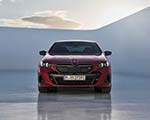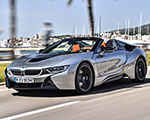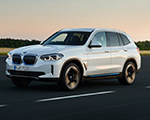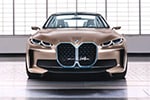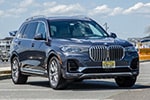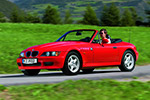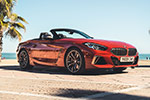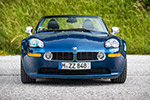If you’re ingrained in the latest BMW developments, you may recall hearing about the “Heart of Joy,” BMW’s latest step forward in vehicle computing power. We’ve talked about what BMW’s Heart of Joy sets out to accomplish before, but now we have real insight into how – and what – exactly the mysterious black box does. We chat with Christian Thalmeier, a driving experience development expert with BMW, to get a better scope.
Inside the Heart of Joy – BMW Dynamic Performance Control
Heart of Joy is BMW’s attempt to capture the true potential electric powertrains can offer. Christian starts by explaining the benefits – and challenges – electrification brings. “You need new approaches to control this power. And with this power, you can control of influence the driving dynamics,” he rightly says. Electric motors can also brake and recuperate energy – something ICE obviously can’t do – and offer exponentially quicker response.
With electrification also comes the possibility for more than one power source. The presence of two – or even three or four – power sources offers a substantially greater ability to manipulate vehicle dynamics. BMW needed a system smart and capable enough to bring all these benefits to the forefront of their cars and solidify their legacy as the Ultimate Driving Machine into the electric age.
Enter Heart of Joy, powered by BMW Dynamic Performance Control software, a completely bespoke vehicle dynamics control system. Thalmeier says it’s a first in the automotive industry; the first control system entirely developed in-house and 100 percent owned by the OEM. It took three years to develop, but the result is cars that “drive better than today,” according to Thalmeier.
Heart of Joy advantages; bad news for brake makers
Conventional architecture relies on two different units – one each tasked with powertrain and dynamics. Dynamic Performance Control eliminates latency between having two systems in favor of one, integrated unit that handles all the heavy lifting. BMW says latency is estimated to be less than one millisecond. That translates to quicker response everywhere in the drive – braking (recuperative or regular) and accelerating. “From parking maneuvering situations up to the motorway,” Thalmeier says customers will benefit from Heart of Joy.
The Heart of Joy works ten times faster than BMW’s old systems, and it’s got quite the bag of tricks. It can bring a vehicle to a full, smooth stop without any brake disc intervention. BMW says Heart of Joy will be able to deliver up to 60 percent more recuperation than the 2021 generation of EVs. In fact, almost all decelerations can occur only through recuperation – BMW says that in “normal driving scenarios,” regen can do 100 percent of the work. Bad news for brake manufacturers. BMW says the system’s smarts increase range by up to 15 kilometers (9 miles) during cross-country travel. Torque can be split from one axle to another, allowing the car to make on-the-fly compensation for oversteer and understeer.
Situational stopping
In regular driving, Heart of Joy starts recuperation begins from the rear axle when the driver lifts off the throttle. It’s more efficient, Thalmeier says, to start from the rear axle, before applying pressure to the front axle. But in different scenarios, the system will adapt. In a turn, for example, the power can be put to the front or rear axle as needed to ensure a balance between over and understeer.
Whereas traditional vehicles – and many current BMW EVs even – rely on different drive modes and braking settings to stop, Neue Klasse and Heart of Joy use the best stopping tool for the situation. That translates to almost all stopping events being handled by regen, while the brake discs are reserved for only very strong deceleration.
The Heart of Joy supercomputer will be at the heart – pun intended – of all future Neue Klasse BMWs, whether it will be a single, dual, tri or quad motor. We expect to learn more about how the new tech works in real life later this year when we get to drive the BMW iX3 (NA5).











































